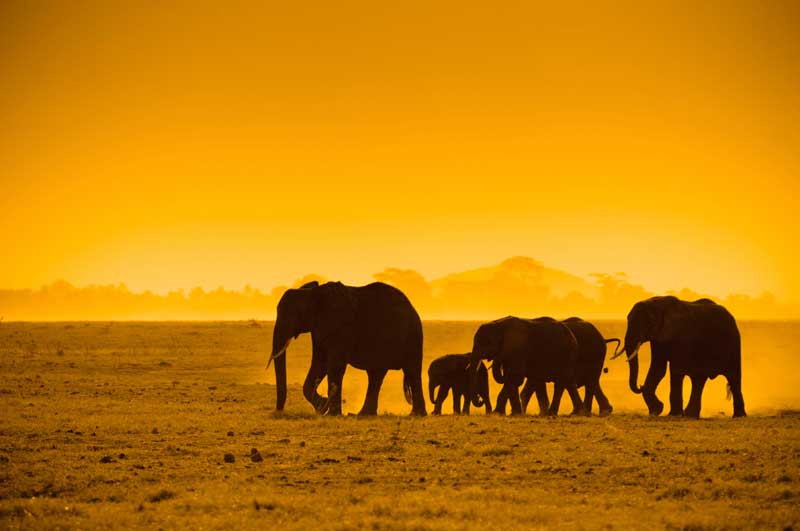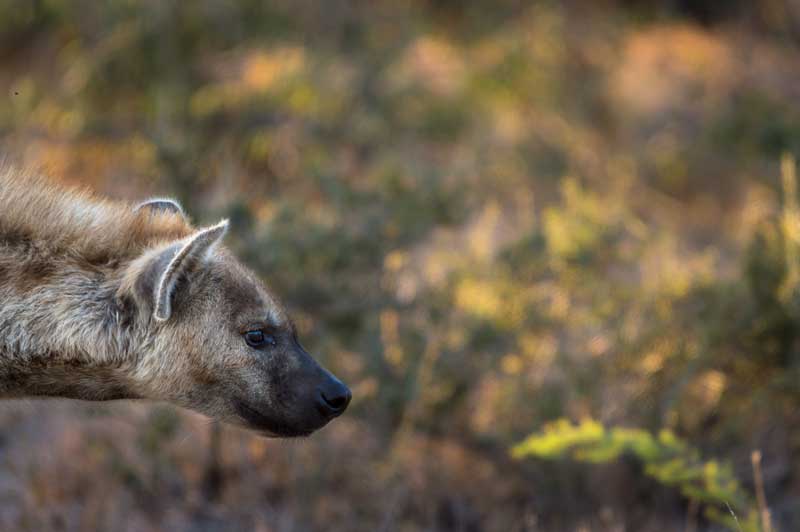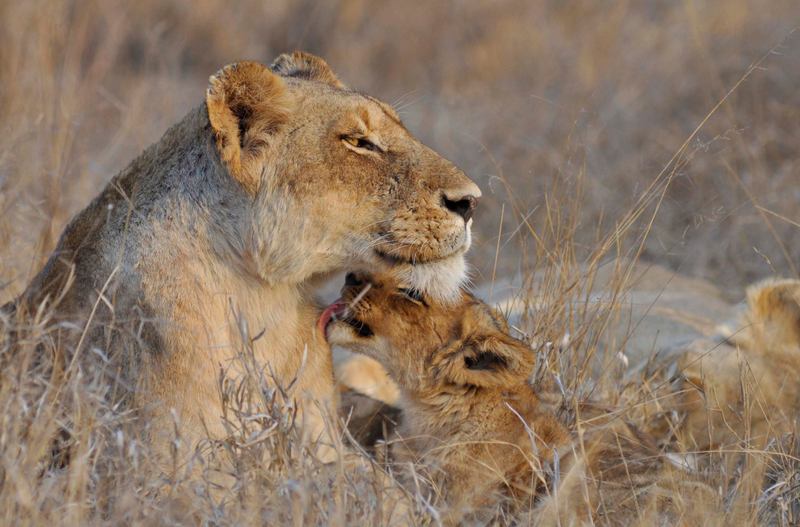Males in the animal kingdom are celebrated for their warrior status and their ability to protect their domain and females. Filled with testosterone and eager to engage in ruthless showdowns and battles of epic proportions, there’s no stopping our males. They are the guardians and soldiers of the landscape constantly seeking a king like status. Asserting dominance from an early age can be seen with young elephant bulls play fighting, young waterbuck engaging in pushing, and sub-adult lions being ousted and encouraged to find their own way in the wild. In the wild there dwells the equally powerful female species, not quite as aggressive and dominant in their pursuit of land and prey, but equally as remarkable as their male counterparts. And some of these female species completely rule their clans, herds and are even the driving force of species success in the bushveld.
Here are 3 of our most powerful females of the ‘veld. Some are dominant in their herds, while others take on the all-important matriarchal role.
Elephants
Elephants are raised in matriarchal herds, which means the young are raised by related females within the herd. The sub-adults teach the newborns how to navigate obstacles in the wild, and tend to take on a “nannying” role. The bond in elephant herds is strong and they’re led by the oldest and often largest female in the herd. Young elephants enjoy protection from all the females within the herd, from cousins to aunts and more.
As the young bulls get older they will spend time attempting to assert their dominance by engaging in sparring matches. These matches will take place in water as it cushions the blow and makes for a great soft landing. When the bulls reach sexual maturity they will leave the herd at 12 – 15 years where they will seek out a solitary lifestyle or get together with other bachelors to form loose associations for periods of time.
It’s the females that stay within the herd.

Spotted Hyena
The female of the species is larger and more aggressive than her male counterpart. She even has a “pseudopenis” which makes it hard to distinguish between a male and female species when out on a game drive. This appendage is actually an external clitoris through which they give birth. Hyenas operate in clans and the females, with their high levels of testosterone, lead the clans with their power and aggression. They have a matrilineal social system, which means the lineage is traced through the female and not male.
The bone-crushing ones to fear? The females – not males.

Lionesses
Our rather robust lionesses aren’t necessarily the dominant ones within their pride, but they certainly are powerful and have a huge role to play in their pride. Lionesses are the ones driving the hunt. They eye out their prey and set their sights on the target, and the rest of the pride follow suit and ambush their quarry. Lionesses also stay within their natal pride for life, with prides centring around females and their existence.
Males tend to leave the pride at roughly 3 years old and they form coalitions with other males. They seek out turf rich with prey and females; with their major aim being to take over prides. The next time you see a pride of lions on safari, realise that it’s mainly the females you are spotting. Prides are normally related females and their offspring that enjoy occasional sessions with their king coalition.


